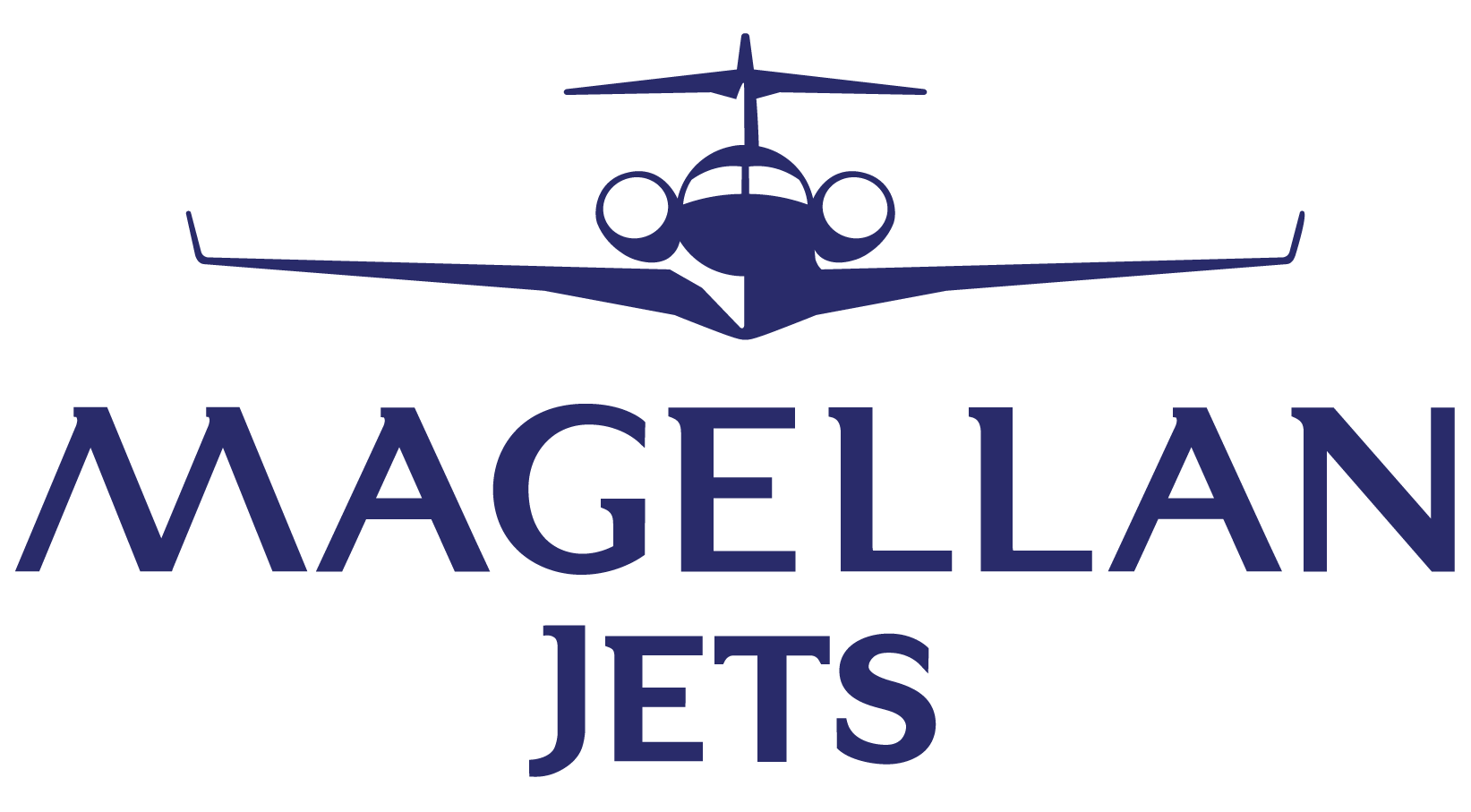Business aviation advocates are becoming increasingly concerned that a sweeping climate-change bill that has the potential to shape the future of aviation operations continues to progress through Capitol Hill with few details on how it might impact the aviation industry.
The House narrowly passed the American Clean Energy and Security Act of 2009, H.R. 2454, by a 219-212 vote late last month, a first step toward establishing long-term goals for reducing greenhouse gas emissions. House legislators removed a provision in H.R. 2454 calling for carbon-emission standards for new aircraft and aircraft engines by 2012 (BA, April 20/181).
But the bill calls for the introduction of a market-based cap-and-trade program that would reduce carbon dioxide (CO2) emissions by 17 percent below 2005 levels by 2020. The bill would continue to tighten CO2 standards until they were 83 percent below 2005 levels by 2050. The bill also would establish a provision for averaging, banking and trading emissions credits for motor vehicles and motor vehicle engines, nonroad vehicles, and other engines including those on aircraft and marine vessels.
“The bill would fundamentally transform the energy sector, and if passed by the Senate and signed into law, touch almost every corner of the economy,” Helicopter Association International said.
HAI called the elimination of the aircraft emission standards provision significant because the White House has not yet taken a position on including aviation in the European Union emissions trading scheme.
The association, however, has expressed concern that the legislation could become “a huge tax on our industry and one that is based on the European model for climate change.”
“We’re all deeply concerned by this legislation,” said General Aviation Manufacturers Association President and CEO Pete Bunce, who worries that a cap-and-trade program could establish artificial operational barriers and create a complex bureaucracy. He believes a straight carbon tax would be easier to process and collect.
Regardless of the system adopted, Bunce said the aviation community believes any money collected from aviation emissions must be channeled back to aviation. That money could help pay for modernization of the air transportation system, which in turn would make operators more efficient and reduce emissions, he said.
“There’s so many details that need to be worked out,” Bunce said, adding GAMA is concerned that the end result could become a burden to operators.
National Business Aviation Association President and CEO Ed Bolen agreed, saying the bill “is not clear in a number of areas, and they’re big areas.” Those areas range from cost to compliance, but the bill “clearly will have a financial impact.”
Bolen reiterated the industry position that any money collected from aviation emissions should be reinvested in aviation, but noted that the position has yet to be taken up on Capitol Hill.
National Air Transportation Association added that it is worried that “climate change legislation has not had enough time to be vetted to ensure that certain provisions won’t negatively affect our fragile economy.”
The association acknowledged arguments from proponents of the bill that it would create clean energy jobs and help save on energy costs. “But in reality,” NATA said, “it will do just the opposite. Using taxpayer dollars to invest in unproven energy resources while artificially driving up the costs of reliable energy, by means of a cap-and-trade program, will only cause additional economic hardships for consumer and small businesses, without any guarantee of environmental improvement.”
The bill next heads to the Senate, which has been focused on moving landmark health-care reform legislation.
-Kerry Lynch, AviationWeek
- Ways to Fly private
- Jet CardThe only Build-a-Card ® in the industry – ultimate flexibility and consistency.Jet MembershipsGuaranteed fixed rates and availability, while paying as you go.Charter FlightsAccess the safest and highest quality aircraft on a trip-by-trip basis.Sales & ManagementFind The Right Jet, Develop A Personalized Management Plan, and Optimize Your Asset.
- For Business
- App
- Safety
- About Us
- Solutions
- Resources & FAQs














